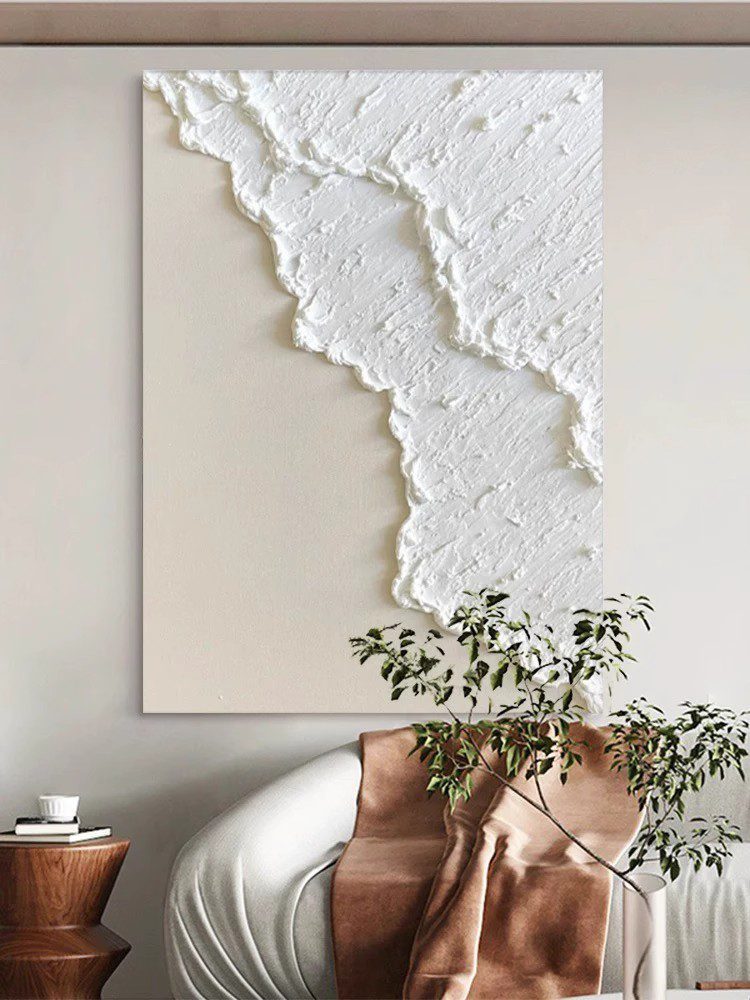Hand-painted oil paintings, as a traditional art form, carry humanity’s pursuit and expression of beauty. Their artistic value is reflected in multiple dimensions. The following is an analysis from aspects such as the creative process, artistic expressiveness, cultural inheritance, emotional resonance, and collection and academic value:
First, the uniqueness and irreplicability of the creative process
The creative process of hand-painted oil paintings is a dynamic one in which artists integrate their personal emotions, thoughts and techniques. Artists need to mix pigments according to the requirements of the picture. Through layering, covering and blending, a unique texture effect is formed. This creative approach demands that artists possess profound painting skills and acute color perception. Every stroke they make may bring about unexpected visual effects. Due to the existence of many uncontrollable factors in the creative process, such as the natural flow of pigments and the randomness of brushstrokes, each hand-painted oil painting has unique characteristics and cannot be completely replicated.
Second, the richness and layering of artistic expression
Oil painting materials themselves possess rich expressiveness. Their heavy texture, intense colors and strong plasticity enable artists to create delicate and tense picture effects through different brushstrokes, textures and color layers. Whether it is the delicate realistic style or the abstract expressionism, hand-painted oil paintings can convey the artist’s profound understanding and unique expression of the theme through the contrast of warm and cool colors, the variation of light and dark, and the lightness and heaviness of brushstrokes. The richness and layering of this expressiveness are beyond the reach of digital art or printed materials.
Third, cultural inheritance and a sense of historical weight
The history of hand-painted oil paintings can be traced back to the Renaissance period, and it has witnessed the development and evolution of Western art. From the rigorous composition of classicism to the color revolution of Impressionism, and then to the diverse exploration of modern art, hand-painted oil paintings have always been an important carrier in the history of art. Each hand-painted oil painting contains the cultural symbols and aesthetic concepts of a specific era. Through the details and style of the picture, viewers can feel the weight of history and the accumulation of culture. This cultural inheritance makes hand-painted oil paintings not only works of art, but also vivid history textbooks.
Fourth, emotional resonance and spiritual sustenance
Hand-painted oil paintings are a direct expression of an artist’s emotions and thoughts. When viewers appreciate the works, they can often sense the emotional fluctuations in the artist’s heart through the colors, composition and brushstrokes of the pictures. This emotional resonance power endows hand-painted oil paintings with universal values that transcend language and culture. Whether it is depicting the serene and distant natural scenery or expressing the complex emotions within characters, hand-painted oil paintings can touch the viewer’s heart through visual language and become a carrier for people’s spiritual refuge and emotional release.
Fifth, collection value and academic research significance
Due to the non-replicability and artistic uniqueness of hand-painted oil paintings, they have a relatively high collection value. As time goes by, excellent hand-painted oil paintings often become treasures in the art market. Their value is not only reflected in the economic aspect, but also in the inheritance of their artistic value and historical significance. In addition, hand-painted oil paintings are also an important object of art history research. Through the analysis of works from different periods and in different styles, scholars can deeply explore the context and laws of art development, providing rich physical materials for the study of art history.
Sixth, the value of skill inheritance and art education
The creation process of hand-painted oil paintings requires artists to master solid painting skills and profound artistic cultivation. The inheritance of this skill is of great significance to art education. By learning hand-painted oil painting, students can not only master the basic techniques of painting, but also cultivate their sensitivity to color, composition and form, and enhance their aesthetic ability and creativity. Furthermore, the creative process of hand-painted oil paintings is also a process of self-expression and exploration for artists. This creative freedom and experimental nature play a positive role in cultivating students’ innovative spirit and independent thinking ability.
The artistic value of hand-painted oil paintings is not only reflected in their unique creative process and rich expressiveness, but also in their cultural inheritance, emotional resonance, as well as collection and academic value. Today, with the rapid development of digital art, hand-painted oil paintings still stand out as brilliant pearls in the treasure house of human culture with their irreplaceable artistic charm.
